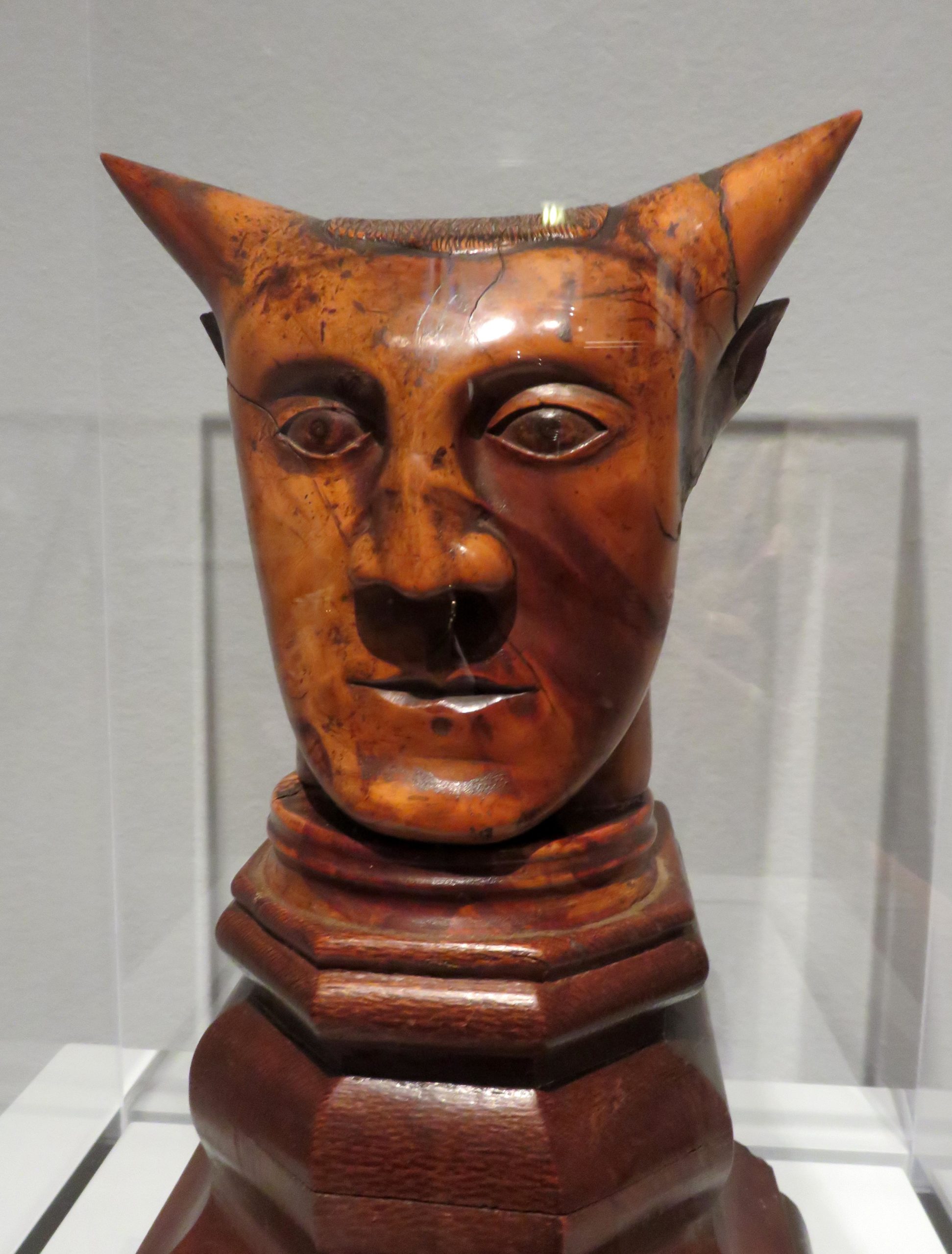When was the concept of the Devil introduced?

Question & Answer
Betty from Minnesota, writes:
Question:
My grandchildren have started attending a conservative private school because of the large sizes of the classes in the public schools. Their parents have recently become concerned because of the introduction of the Devil in the curriculum of that school at the first and third grade levels where our grandchildren are students. Their questions are: “When did the concept of the Devil get introduced into the pre-Christian world? How is the Devil to be interpreted in several Bible stories? Why did the culture at that time accept the image of the Devil? Why do conservatives today not get beyond the personal Devil image? How can evil be explained without using the idea of a real Devil?
Answer: By Kevin G. Thew Forrester, Ph.D.

I can’t respond fully to all the questions, but let me share some thoughts. The pre-Christian world is a mighty big place, so I’m going to focus on the origin of what is called the satan in the Jewish tradition. An excellent book, by the way, is that of Elaine Pagels’ The Origin of Satan: How Christians Demonized Jews, Pagans, and Heretics.
Pagels points out that in the 6th century BCE, “when Israelite writers excoriated their fellow Jews in mythological terms, the images they chose were usually not the animalistic or monstrous ones they regularly applied to their foreign enemies.” Rather, they “most often identified their Jewish enemies with an exalted, if treacherous, member of the divine court whom they called the satan. The satan is not an animal or monster but one of God’s angels, a being of superior intelligence and status…” She goes on to say “As he first appears in the Hebrew Bible, Satan is not necessarily evil, much less opposed to God. On the contrary, he appears in the book of Numbers and in Job as one of God’s obedient servants – a messenger, or angel…. In Hebrew, the angels were often called ‘sons of God’, and were envisioned as the hierarchical ranks of a great army, or the staff of a royal court.”
Contrary to popular mythology and fundamentalist theology, “In biblical sources the Hebrew term the satan describes an adversarial role. It is not the name of a particular character.” Later Christianity would anthropomorphize this adversarial role which would enable it to create a dualistic world view where God would be contending against the Devil. This dualism, which was a projection of our own internal struggles with the adversarial quality of our own instinctual drives and emotions, would also be disowned and projected onto human adversaries, whom we would claim were under the control of this satanic character.
As Pagels helps us to understand, the root stn means “one who opposes, obstructs, or acts as adversary.” (The Greek term diabolos, later translated as ‘devil,’ literally means ‘one who throws something across one’s path.)” In truth, life is continually throwing things in our path, challenging the plans and desires we have. In the Hebrew scriptures, “the satan’s presence in a story could help account for unexpected obstacles or reversals of fortune.” When the obstacle prevented someone from a costly or even fatal mistake, it was praised as gift from God, as in the story of Balaam in the book of Numbers.
As human beings, we find it very difficult to own as our own the parts of ourselves we have split off into our unconscious as little children, because they threatened our sense of safety and survival in our family system – often, because they were judged morally as wrong and shameful and thus we resorted to repressing them to avoid the sense of debilitating guilt. In time, we also learned to project these unwanted parts of ourselves onto others, thus providing a justification for our judgment of them.
For myself, evil is most fruitfully understood as the experienced absence of the presence of goodness. There is no thing or no character responsible for evil. Evil arises from the dispossessed, disowned, unconscious qualities of our own human soul. As an unconscious force, we are blind to its effect on our perception of reality; and so evil distorts and contorts and can destroy our lives. Our spiritual response is not to further judge and disown, but to understand the truth of the unconscious obstacle, whatever it is, and learn to grow from the experience.
There are also times in our lives when someone is so constricted and cut-off from conscious awareness of who they truly are, that they threaten the integrity of ourselves or others. The response is not to demonize that person/nation/group, but to stop them from carrying out their destructive behavior with the least amount of force possible. In effect, ironically, we need to be the satan, or messenger, obstructing their damaging path.
~ Kevin G. Thew Forrester, Ph.D.
This Q&A was originally published on Progressing Spirit – As a member of this online community, you’ll receive insightful weekly essays, access to all of the essay archives (including all of Bishop John Shelby Spong), and answers to your questions in our free weekly Q&A. Click here to see free sample essays.
About the Author
Kevin G. Thew Forrester is an Episcopal priest, a student of the Diamond Approach for over a decade, as well as a certified teacher of the Enneagram in the Narrative Tradition. He is the founder of the Healing Arts Center of St. Paul’s Church in Marquette, Michigan, and the author of five books, including “I Have Called You Friends“, “Holding Beauty in My Soul’s Arms“, and “My Heart is a Raging Volcano of Love for You” and “Beyond my Wants, Beyond my Fears: The Soul’s Journey into the Heartland“.
